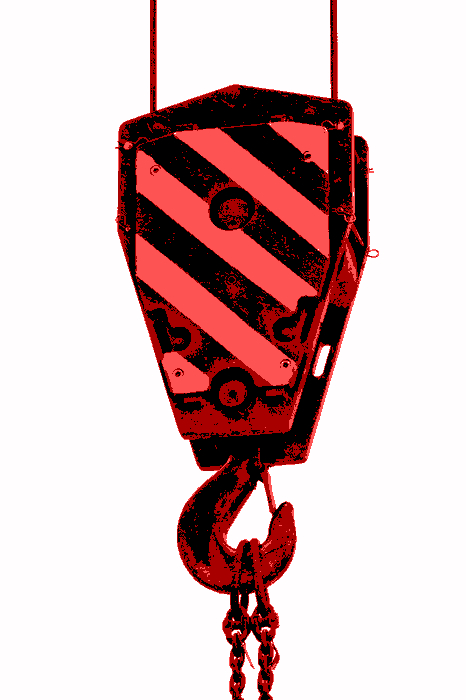Data centres drive crane shortage
 Data on the use of cranes shows the growth of local tech services.
Data on the use of cranes shows the growth of local tech services.
The rapid expansion of data centres in Australia, driven by growing needs for cloud computing and artificial intelligence, is causing a surge in demand for specialised heavy cranes, significantly impacting their costs and availability.
Data centres, which have grown from single-storey buildings a decade ago to multi-storey complexes today, require heavy-duty tower cranes for construction.
This has placed builders in direct competition with infrastructure projects for these critical resources.
Andrew Deveson, a director at builder Kapitol Group, has highlighted the challenges faced during the construction of the M2 data centre in Melbourne for NextDC, an ASX-listed company.
“If you build an apartment or an office the heaviest thing you might lift is 12 tons, whereas on this project we’re lifting a 60-ton generator, 60-ton beams,” Mr Deveson explained.
The latest crane index from consultancy Rider Levett Bucknall (RLB) reportedly reveals that the number of cranes used on data centre projects across the nation leapt from 13 six months ago to 22.
Despite this rise, the total number of tower cranes across Australian skylines has slightly decreased from a record 882 to 869.
“Several states (South Australia, NT, Tasmania, ACT) have key metrics trending downwards, suggests future activity is likely to fall in CY 2024 and beyond, unless commencements increase,” says Domenic Schiafone, RLB’s research director.
This sector-specific demand has led to a dramatic 20 per cent increase in leasing costs for heavy-duty cranes over the past three years, double the rate for general cranes.
Faced with escalating costs and limited availability, Kapitol is considering investing in its own crane, which could cost as much as $8 million.
“It’s not the first thing you want to do, but there are definitely challenges to solve as that demand grows up and we’re competing for the same crane,” Mr Deveson noted.
While the data centre sector thrives, the residential sector has experienced a decline, with the number of residential cranes decreasing from 553 to 540 nationally.
However, cranes dedicated to mixed-use projects that combine housing with retail or commercial space have increased by six, reaching a new high of 87.
In Sydney, the crane count has decreased from 401 to 390 in the last six months, although the city saw new projects like the New Sydney Fish Market and Western Sydney Airport bolstering the numbers.
Conversely, Melbourne has seen a notable increase, from 178 to 194 cranes, driven by significant projects such as the Roberts Co’s fulfilment centre for Amazon.







 Print
Print



